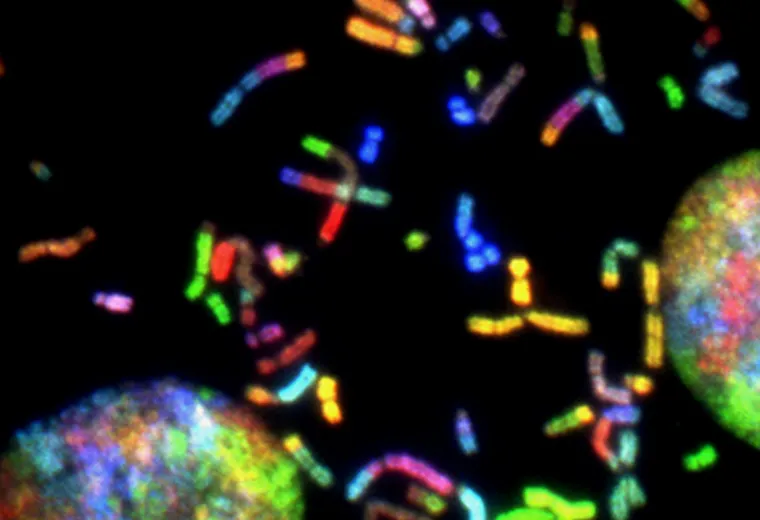A predominantly hematologic malignancy, multiple myeloma results when abnormal plasma cells accumulate in the bone marrow. This creates a range of complications including anemia, increased infection risk, and bone damage.
Common Signs and Symptoms
Multiple myeloma presents itself with a variety of symptoms, often due to the crowding out of normal blood cells by abnormal plasma cells. This can lead to anemia, which manifests as persistent fatigue and weakness. Easy bruising and bleeding may also occur, due to the lack of sufficient platelets. Additionally, patients often experience bone pain, particularly in the spine and ribs, as myeloma cells stimulate osteoclasts, leading to bone destruction.
Moreover, recurrent infections are common because the disease compromises the body's ability to produce healthy antibodies. As the condition progresses, renal impairment may develop, often evidenced by symptoms such as increased thirst, decreased urine output, or swelling in the legs. Hypercalcemia, a condition of elevated calcium levels in the blood, may also result, leading to confusion, constipation, and frequent urination. Early detection of these symptoms is critical for prompt diagnosis and treatment of multiple myeloma.

Diagnostic Procedures
Diagnosing multiple myeloma typically begins with a comprehensive medical history review and physical examination. Blood tests are paramount, often including complete blood count (CBC), serum calcium levels, kidney function tests, and measurements of specific proteins. A common hallmark is the presence of monoclonal proteins, or M-proteins, detected through serum protein electrophoresis (SPEP) and immunofixation electrophoresis (IFE). These tests help identify abnormal proteins produced by malignant plasma cells. Additionally, urine tests may reveal Bence Jones proteins, further supporting the diagnosis.
Advanced diagnostic tools such as bone marrow biopsy and imaging studies provide more detailed insights. During a bone marrow biopsy, a sample is extracted and examined for the percentage of plasma cells and specific genetic abnormalities. Flow cytometry immunophenotyping is employed to identify clonal plasma cells, often characterized by CD138+ markers. Imaging techniques like X-rays, MRIs, and CT scans reveal bone lesions or other structural changes indicative of myeloma. Together, these diagnostic procedures enable a thorough understanding of the disease, guiding the selection of the most appropriate therapeutic regimen.
Standard Treatment Options
Standard treatment options for multiple myeloma typically begin with chemotherapy combinations such as the VCMP (Vincristine, Cyclophosphamide, Melphalan, and Prednisone) regimen or the VAD (Vincristine, Doxorubicin, and Dexamethasone) regimen. These chemotherapy regimens aim to reduce the number of myeloma cells in the body and alleviate symptoms. Additionally, newly developed drugs have significantly changed how multiple myeloma is treated, often improving outcomes and increasing median survival rates.
Beyond chemotherapy, autologous stem-cell transplantation (ASCT) is a crucial component of treating multiple myeloma, particularly for eligible patients. This process involves collecting a patient’s stem cells, administering high-dose chemotherapy to eradicate cancer cells, and then reinfusing the collected stem cells to restore healthy bone marrow function. The incorporation of ASCT alongside traditional and novel therapeutic regimens has shown to enhance overall survival rates, providing hope for many patients battling this challenging disease.
List Of Commonly Used Drugs And Medicine To Treat Myeloma
In the battle against multiple myeloma, a variety of drugs play a crucial role. Protease inhibitors like bortezomib (Velcade) and carfilzomib (Kyprolis) target enzymes within cancer cells, disrupting their function and inducing cell death. Immunomodulatory drugs such as lenalidomide (Revlimid) and thalidomide (Thalomid) enhance the immune system's ability to detect and destroy malignant cells, and also inhibit their growth. These medications are often part of combination therapy regimes, maximizing their effectiveness in combating the disease.
Newer treatments are continually being developed to improve patient outcomes. Ixazomib (Ninlaro), an oral proteasome inhibitor, provides a convenient option that can be administered at home. Similarly, monoclonal antibodies like daratumumab (Darzalex) specifically target and attach to proteins found on multiple myeloma cells, flagging them for destruction by the immune system. These innovative drugs provide hope and new avenues of treatment for those living with this challenging condition.
Among the newer oral medications, lenalidomide (Revlimid) stands out as a pivotal treatment in the fight against multiple myeloma. This tablet is an immunomodulatory agent that works by enhancing the immune system’s response to cancerous cells while also inhibiting the growth of these cells. It’s typically used in combination with other drugs, such as dexamethasone, to improve the overall outcome. Patients appreciate the convenience of an at-home oral treatment, which makes managing the condition less disruptive to daily life.

